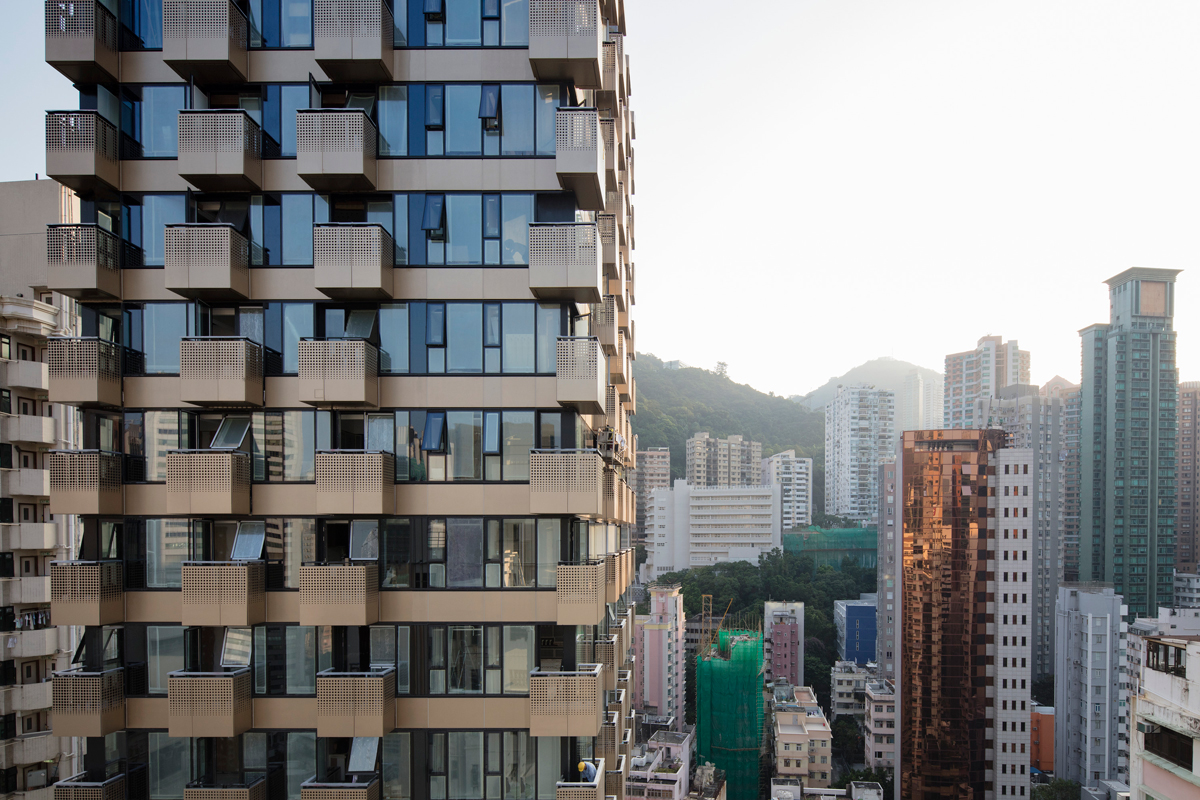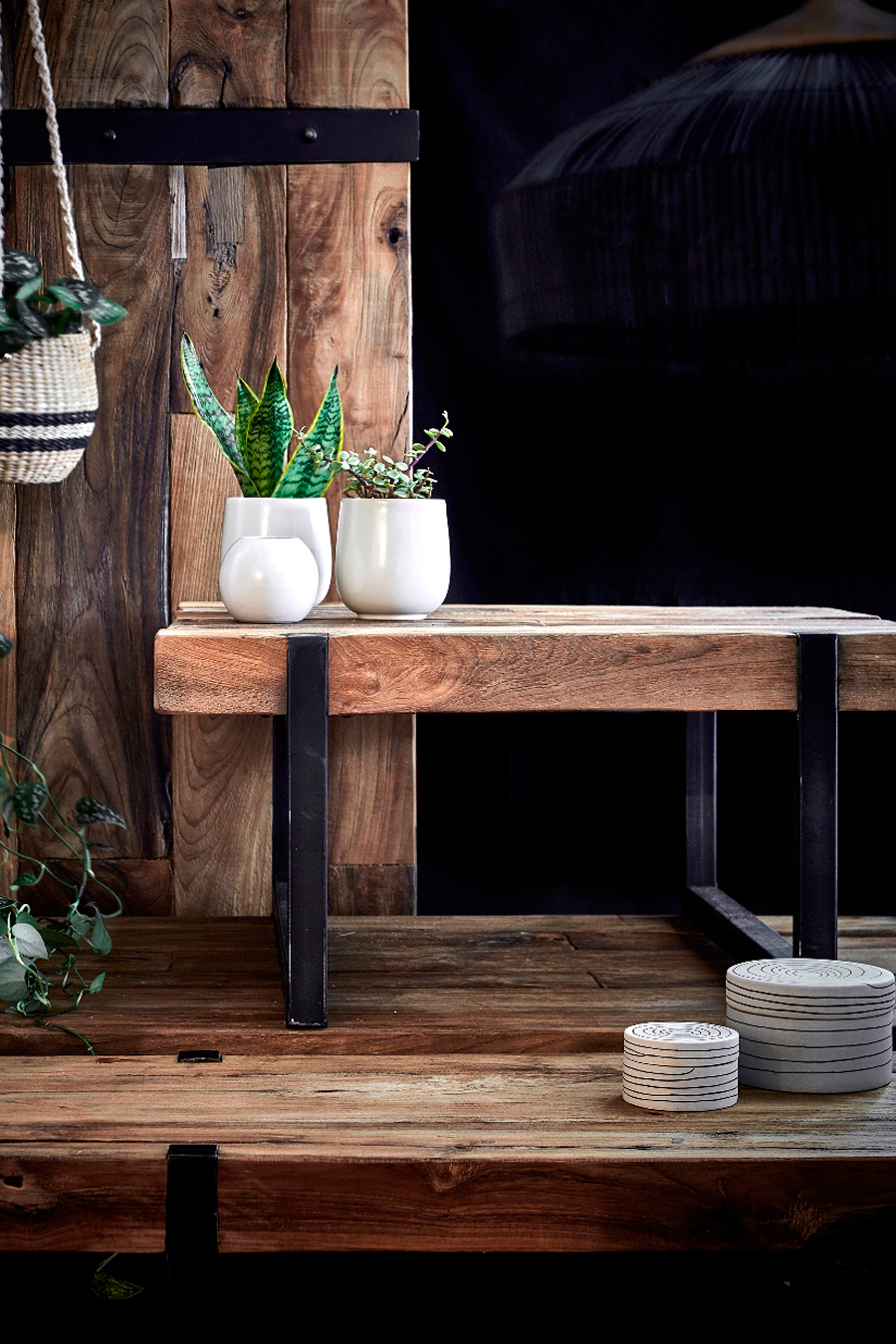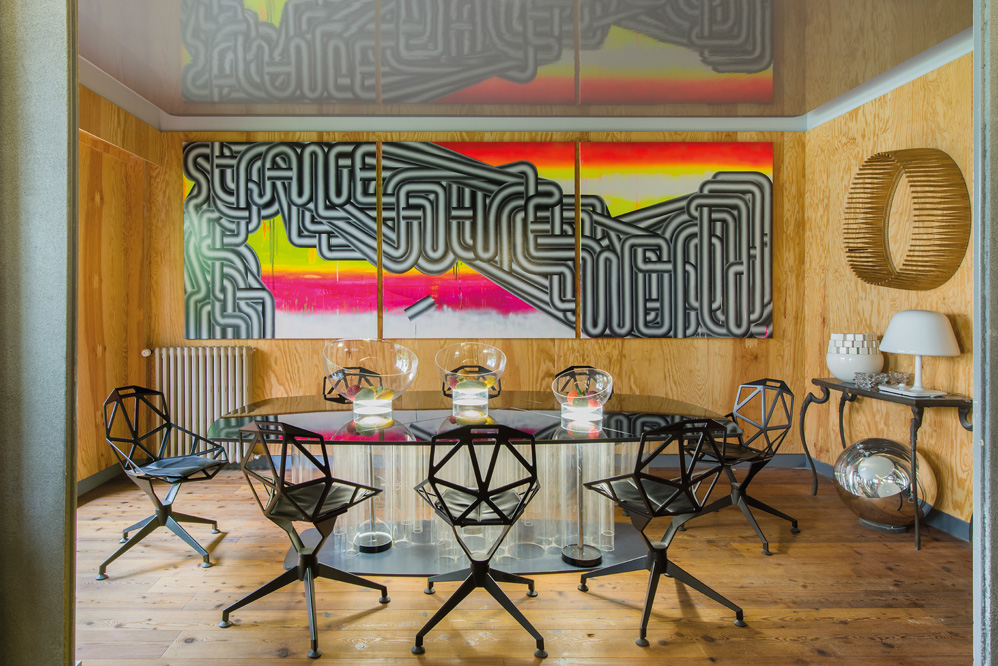I’m always thinking about the environment, even recycling everything we use in the office, from used paper to coffee capsules,” says Anahita Chouhan, in response to a question on sustainability in her day job.

For buildings and interiors, I try to specify ethically sourced timbers and materials that are easily recyclable.”
Our expert for the latest round of Ask the Designer has worked in London and Hong Kong, and is now part of Make Architects. Here, she answers your questions on sustainability in design and lifestyle, furnishing small spaces, and the first thing to do before shopping for furniture.
What to you is sustainable design? How is the design industry addressing sustainability?
Sustainable design is about design efficiency in the full lifecycle of a building, including thoughtful use of materials, low energy appliances, and natural shading for buildings using large amounts of glazing.
Integrating recycling rooms and bins in new projects has become a trend I’m happy to see. There are also many industry awards that encourage a meaningful response to sustainable design. For example, one of our buildings, the Big Data Centre at the Li Ka Shing Centre for Health Information and Discovery at University of Oxford, was awarded one of the highest accreditations of its kind: BREAAM Outstanding.
See more: Make Architects’ Ken Shuttleworth on heritage, sustainability and the firm’s success
What are some misconceptions about sustainable design/architecture?
That solar panels are the answer to everything and green roofs magically make a building ‘green.’ They help, but they’re just the tip of the iceberg.

Retrofitting an existing building to improve its environmental sustainability should always be considered – improving insulation, considering methods to reduce water and energy, considering how space can be maximised. For example, at The Luna, we’ve created a public garden in an area that was essentially a substation loading bay for the buildings behind it, repurposing space in a manner that could be replicated on an existing building.
Where do you think the sustainable design movement is going? How can we move mainstream design more towards sustainability?
Sustainability is becoming fundamental – we cannot design without thinking about the impact we make on our planet. Efficient planning of space, renewable technologies, green roofs and natural ventilation can be introduced in public areas, and if we design smarter, we can reduce waste and energy loss before the building is even built.
Developers and clients also play a large role in sustainability. If they are on board, it makes it easier to have more sustainable buildings, as successfully incorporating sustainability can be expensive in the short term – even if it will pay dividends in the long term.
See more: Architect Calvin Tsao on architecture today and sustainability in design

The number one spot, taken by the New National Museum in Berlin by Mies van der Rohe, is now shared with the Bank of China Tower, which I love for its flawless elegance. There’s poetry in its form, and I’m sure it will always feel refined even as tastes change. The same goes for the National Gallery. Great architecture should stand the test of time.
See more: A cut above: the stunning architecture of five iconic skyscrapers across the globe
What interior trends should we look out for?
Terrazzo is having a big moment, with designers around the world working it into projects and products. 2019 will be filled with earthy tones, forest greens, chocolatey browns and muted oranges. I see recycled materials becoming more prominently featured, too. And tech is the word on everyone’s lips – integrated technology is going to be huge in the near future; smart homes and smart materials will become more popular.

The trendy succulent does really well in a dark bathroom, and best of all you can buy tiny ones that fit just about anywhere. If you have more room, I would suggest a few lucky bamboo – be sure to change the water once a week and it will be very happy wherever you keep it. I buy all of my plants at the flower market in Prince Edward, where there’s a huge selection and prices are reasonable.
See more: 6 things to keep in mind when growing succulents and cacti

Measure your home or flat and sketch it out on paper – that way, when you want to bring in a new armchair or dining table, you can dot on the measurements to see how it will fit. Always measure before you buy! It makes all the difference and reduces unnecessary stress.
Don’t be afraid of a large rug. A well placed rug or carpet can give the illusion of a bigger, well-put together space. Large furniture can really help define small living areas; so long as there is breathing space, people will always notice the impressive size of the item and forget the size of the room.
I also recommend using tall, slim indoor plants. They naturally draw the eye up to the ceiling, making your apartment look larger.
Hang artwork on bare walls. Again, don’t be afraid to go large! Hanging one big piece on a wall makes a room look polished. Make sure you practice first – Blu-tack a piece of coloured paper the size of the artwork to the space, before committing to a hole in the wall.
Got a specific question on doing up your interiors, or a design dilemma you could use an expert’s opinion on? Prep your questions and stay tuned for the next round of Q&A in our Ask the Designer series by following @HomeJournal on Instagram.
The post Ask the Designer: Anahita Chouhan on sustainable and stylish living in Hong Kong appeared first on Home Journal.






